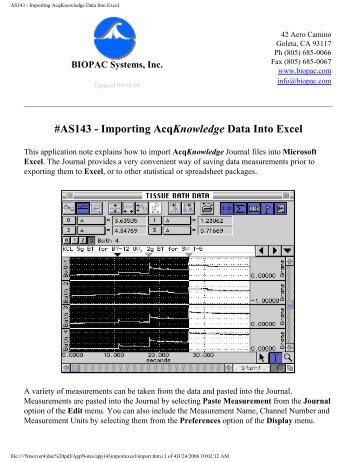Xl2qif Excel 2010

Crestron software torrent. Products / Control Hardware & Software / Software Select a Category. View All Software (49). Crestron is not responsible for errors in typography or photography.
Click Excel Options. Click Add-Ins. Note the Add-in Type in the list displayed. Select the Add-in Type in the manage box and click Go. Select [clear] the check box for the Add-in that you want enable [disable] and then click OK. Quicken Interchange Format (QIF) is an open specification for reading and writing financial data. Use this XL2QIF Excel macro to convert to QIF. The above two paragraphs are based on exporting and importing in Quicken 2010.
Click the “Install” button in Excel. Choose your language (English or French) and restart Excel. Conversion Open your CSV data file in Excel and highlight all the data you wish to convert. Click the “Add-Ins” tab at the top of the Excel window. Click the XL2QIF button and select “Save to QIF.” Select the appropriate “Account Type” under “Options” in the window that pops up.
It is “Bank” by default, but options like “Credit Card” and “Liabilities” exist. Find the “Standard Field” box and check the fields in your CVS file in the order that they appear.

For instance, a bank account might have the date, then the amount, then the category, etc. Ccnp route ppt slides. Click the “Browse” button and select where you would like to save your QIF file. Click “Save” and then, back in the main window, “Convert.”.
“The cloud” is a friendly way of describing web-based computing services that are hosted outside of your home or organization. When you use cloud-based services, your IT infrastructure resides off your property (off-premises), and is maintained by a third party (hosted), instead of residing on a server at your home or business (on-premises) that you maintain. With Office 365, for example, information storage, computation, and software are located and managed remotely on servers owned by Microsoft. Many services you use every day are a part of the cloud—everything from web-based email to mobile banking and online photo storage. Because this infrastructure is located online or “in the cloud,” you can access it virtually anywhere, from a PC, tablet, smartphone, or other device with an Internet connection.